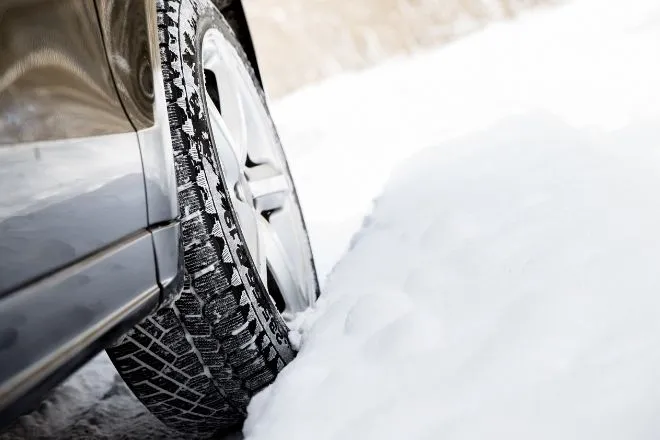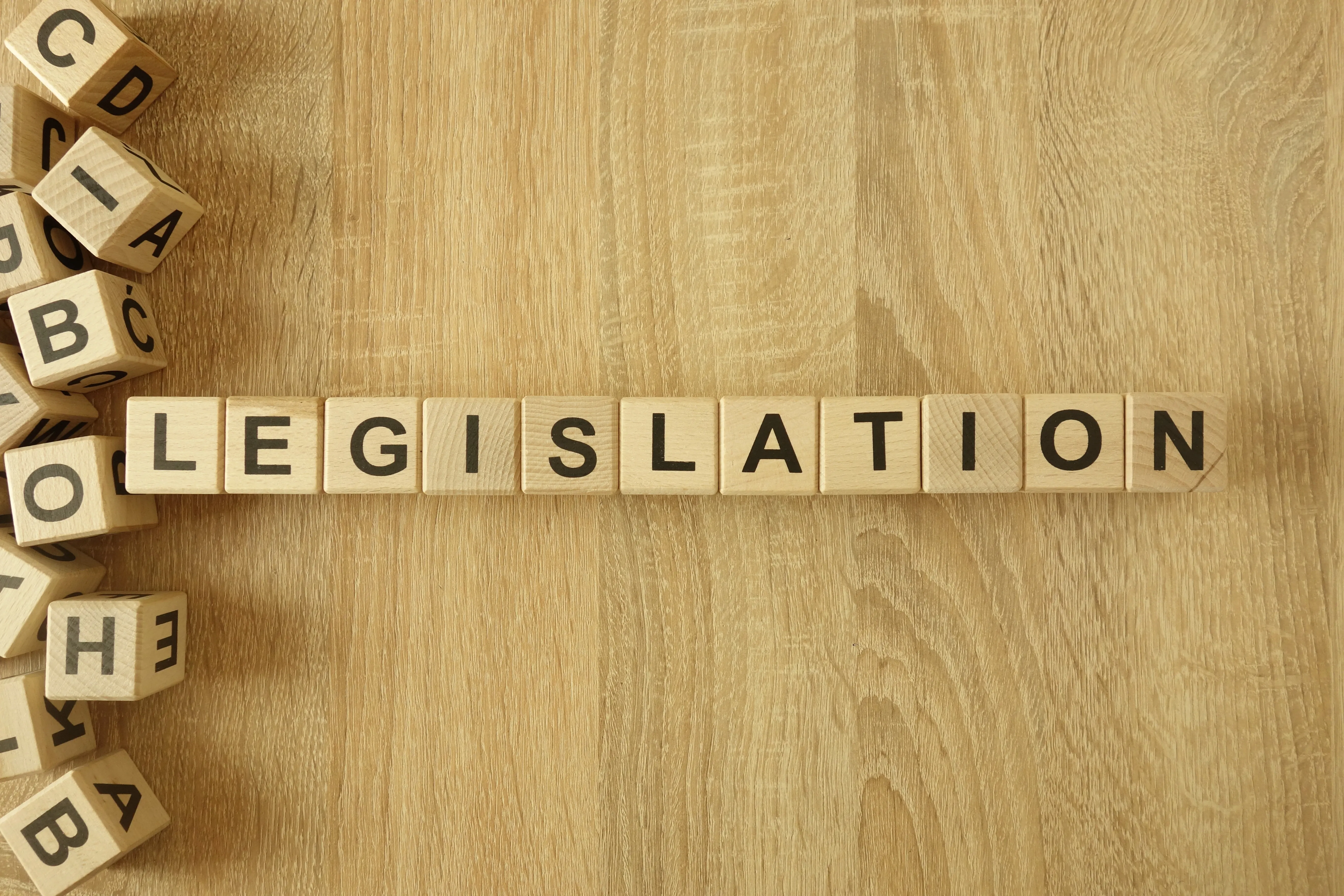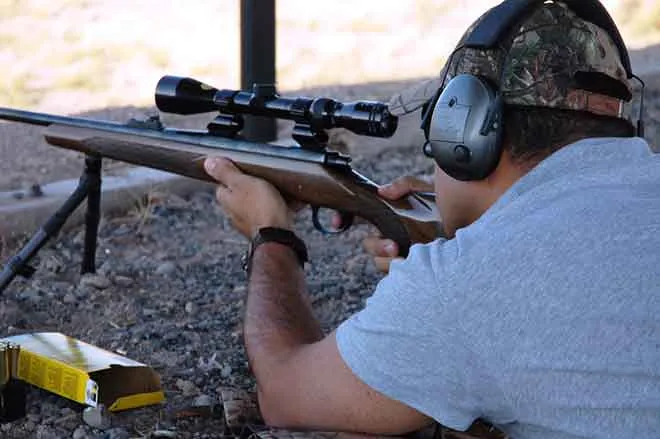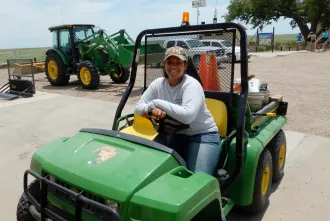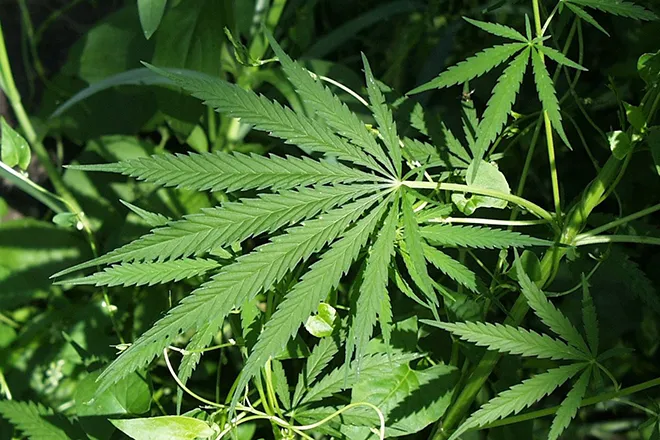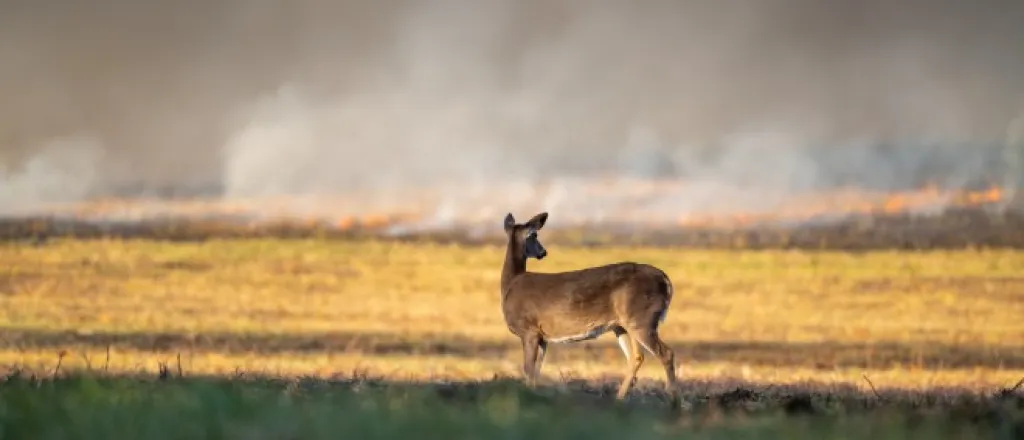
4 ways to help wildlife affected by wildfires
©
Wildfires devastate more than just trees, grass, and shrubs. When landscapes are ravaged, local wildlife is left to fend for itself, running the risk of starvation, thirst, lack of shelter, and potential encroachment on human-inhabited territory. If you’re a nature lover or simply want to help animals in the area, here are four ways to help wildlife affected by wildfires.
Support local wildlife organizations
The government has programs in place to respond first to wildfires, and even before the last flames are extinguished, agencies move to clean up and restore areas affected by wildlife. Local wildlife organizations are also around to respond—but it’s not cheap to do so.
Such groups work tirelessly to rescue injured animals, rehabilitate them, and aid in restoring the land. You can’t go wrong with writing a check and donating money or supplies to such groups. You may also volunteer your time to help with rescue missions, habitat restoration, or educational outreach programs. If you have skills that directly relate to their efforts, they’ll welcome you with open arms.
Restore natural habitats
After the flames die down, the next big task is restoring the natural habitat. Participating in local reforestation projects or organizing community clean-up events makes a huge difference. Trees, plants, and water sources must be replenished to create a sustainable habitat for wildlife, keep soil from eroding, keep water supplies clean, and provide shelter to the various animals. If a wildfire happens in your region, various organizations offer volunteer opportunities to bring back the land, so get involved and make an impact.
Provide water sources
Nothing can live without water. While we assume animals make do and find water on their own, after a fire, it doesn’t hurt to leave some out for the birds and other beasts. Wildfires often destroy natural water sources through soil erosion, charred vegetation blocking creeks and filling ponds, and similar negative outcomes. This leaves wildlife without hydration. Setting up temporary water stations in affected areas can be a lifesaver for many animals. Simple things like filling open containers with water and placing them in safe spots can make a big difference. Just make sure you have permission to leave them and monitor them regularly to keep them clean and filled.
Participate in educational and community projects
Education and community involvement play a key role in long-term conservation efforts and wildlife recovery. Host educational sessions, workshops, or documentary showings that inform others about how they can prevent wildfires and help wildlife. Establish community gardens with native plants that support wildlife while the land heals. You can also host money-raising events that get everyone, from children to senior citizens, involved in helping.
Those are just four ways to help wildlife affected by wildfires. Wildfires occur in many ecosystems, but wildfires are often devastating for the local wildlife. Take action! Even a little bit of help for the flora and fauna affected by wildfires can do a lot of good.



